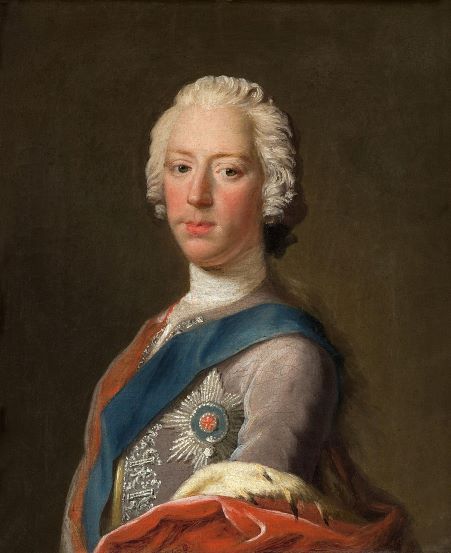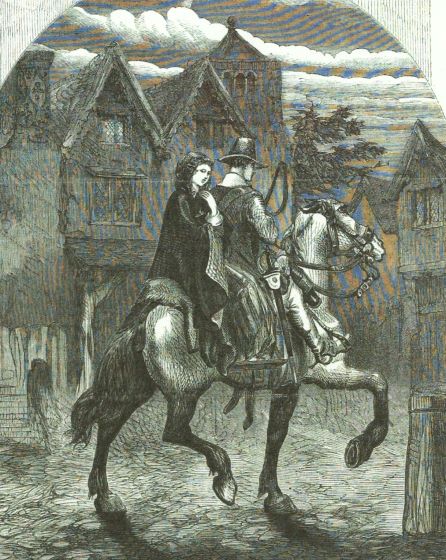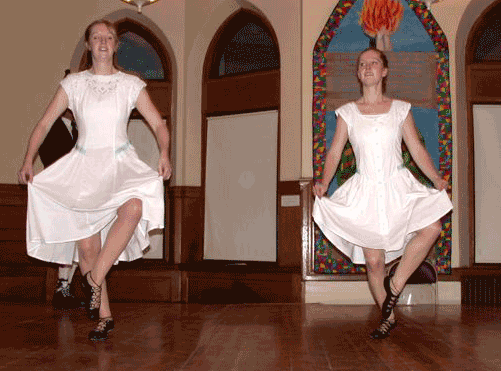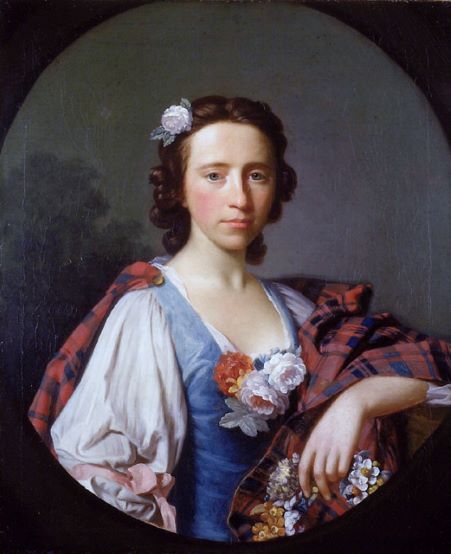And Bonnie Prince Charlie
Flora MacDonald was an 18th Century Scottish woman who lived through the Jacobite Rising of 1745. She and her family chose one side in the war, but she became a heroine to the other side. The notable writer Samuel Johnson wrote after he met her: “Flora MacDonald, a name that will be mentioned in history, and if courage and fidelity be virtues, mentioned with honour”.
Flora was born in 1722 to Ranald and Marion MacDonald on one of the Hebrides Islands off Scotland’s west coast. Ranald died while Flora was still a young girl, and Marion later married Hugh MacDonald. When the Jacobite Rising began in 1745, Flora was engaged to Allan MacDonald. Before one’s imagination leads to thoughts of incest, one should know that most people in this Scottish region had the last name “MacDonald”. Flora never did need to change the monogram on her towels.
The backdrop of her story was the Jacobite Rising, often called, simply, “The 45”. This was the second “Jacobite war”, but actually the third war in a five-plus decade struggle for the British monarchy. By 1745, George II was King of Great Britain. He was contested by Charles Edward Stuart, the grandson of King James II.
James II lost his crown to his daughter Mary and his son-in-law William. The overthrow by William and Mary was largely uncontested in England, as James’ army abandoned him. But James raised an army of French and Irish, and the war continued in Ireland from 1689 to 1691. It ended in James’ defeat and further subjugation of the Irish.
James II spent the rest of his days in a chateau in France. His son James (half-brother to Mary) was born in England but was raised in France. This son was crowned “King James III” in Paris, although he was a king without a kingdom. His supporters, though, rebelled in Scotland in 1715 and James III joined in. This was the first “Jacobite” rebellion (from “Jacobus”, the Latin for “James“). The war didn’t last long, the Jacobites were defeated, and James III returned to France.

The 45 was the effort of Charles Edward Stuart, son of James III, to gain the throne. Charles was known as “Prince Charles” or, as often, “Bonnie Prince Charlie”. Charles raised an army of Scottish Highlanders, aided by the French and Irish. Among other things, the army captured Edinburgh and invaded England. But Charles didn’t receive the support he expected in England and retreated back to Scotland. There he and his army were defeated by the British forces of King George II at the Battle of Culloden in 1746.
The Jacobite rebellions were strange affairs, in that they did not lend themselves into neat divisions. In Scotland, the wars were in part about clan politics and rivalries. While George II was Protestant and Prince Charles was Catholic, there were Protestant and Catholics on both sides of the conflicts. Economics were at issue as well. In essence, the war was between two rivals for the British throne, and there were many, many factors that led individuals and groups to support one rival or the other.
Flora and her family supported King George II. Her step-father Hugh commanded a pro-government militia. Her fiancé Allan was a captain in the British army.
After the defeat at Culloden, the Jacobite army reorganized and prepared to fight on. But Prince Charles abandoned the cause and fled the scene. The war didn’t last long thereafter.
The British army scoured the countryside looking for Charles, and the government offered a £30,000 reward for his capture (indeed, a princely sum). Many Highlanders assisted Charles and he was on the run for over two months. He eventually made it to the Hebrides island of Benbecula. Coincidentally, Flora was on the island at the time.
Captain Conn O’Neill, a distant cousin of Flora’s from County Antrim in Ireland, helped Charles escape to the island, and O’Neill asked Flora for further help. Flora was not especially sympathetic to the Jacobite cause, but did sympathize with Charles’ plight. As she later stated, she helped Charles out of charity and would have done the same for anyone.

Flora, then 24, secured a pass from her step-father to sail from Benbecula to the Isle of Skye. The pass covered Flora and two personal servants. O’Neill acted as one of the servants, and the pass also included Flora’s Irish maid, Betty Burke. Flora borrowed a dress for Charles to wear as a disguise, since her own dresses were too small for Charles. Dressed as a woman, Charles was able to travel as Betty Burke. He wore a brightly colored gown, a quilted petticoat, and a hooded cloak.
Flora, Charles, and O’Neill sailed to the Isle of Skye with a small boat crew. There Charles hid on the lands of Margaret MacDonald. Margaret made Charles change his clothes, since she thought he looked ridiculous and thus too conspicuous.
After a few days on Skye, Charles and O’Neill sailed to another Hebrides island, and ultimately boarded a French frigate. Bonnie Prince Charlie spent the rest of his life in France, never acquiring the throne of Great Britain. He died in 1788 – exactly 100 years after his grandfather was deposed as the British king.
Flora said goodbye to Charles before he departed from Skye. They never met again.
The British forces were not far behind. Hearing rumors of boat trip with a “strange maid”, British soldiers interrogated the boatmen. One of them confessed, and Flora was immediately arrested. Flora gave a statement about her involvement in the escape, without apologizing for her actions.
She spent over a year imprisoned in the Tower of London. She was visited often by Jacobites and ultimately released when all Jacobites were granted amnesty.
Flora’s journey with Prince Charles was immortalized in the Skye Boat Song. The Skye Boat Song is now the theme song of Outlander, the historical drama set during the Jacobite Rising of 1745. The song’s include:
Speed bonny boat like a bird on a wing, Onward the sailors cry. Carry the lad that’s born to be King, Over the sea to Skye.
A traditional Highland dance is also named after Flora. The story is oft told how she danced for British soldiers to distract them from searching the Skye boat, but that story is not likely true. It is likely that she danced to entertain Prince Charles while in Skye. In any event, this traditional Highland dance is known, to this day, as “Flora’s Fancy”.

Within a few years after her release from the Tower of London, Flora married Allan MacDonald. Decades later, with Allen deeply in debt, Flora and Allan emigrated to North Carolina. While many former Highlanders in America fought with the Americans, Flora and Allan remained loyal British subjects. Allan joined the Royal Highland Emigrants. He was captured in a battle near Wilmington, North Carolina, in early 1776. The following year, North Carolina confiscated all property of loyalists, and Flora and Allan lost all of their possessions.
Allan was released from prison after a year and a half, and he and Flora moved to Nova Scotia. One harsh Nova Scotia winter was all Flora could take, and she left in the Spring for Scotland. Allan followed a few years later.
Flora died in 1790 at the age of 68. She was buried on Skye near where she and Charles landed decades before. At least per legend, her burial shroud was a bedsheet used by Charles while in hiding in Skye. Her funeral was attended by over 3,000 people. Her tombstone is inscribed with the words of Samuel Johnson.
Illustrations, from top to bottom: (1) Flora MacDonald, portrait by Allan Ramsay, circa 1750, now at the Culloden Visitor Center, Scotland, (2) Prince Charles Stuart, portrait by Alan Ramsay in Edinburgh in 1745, now in Scottish National Portrait Gallery, (3) Bonnie Prince Charlie dressed as an Irish servant girl on his way to board ship, from Cassell’s Illustrated History of England, 1859, and (4) young women dancing Flora’s Fancy at the Boston Celtic Music Festival.
